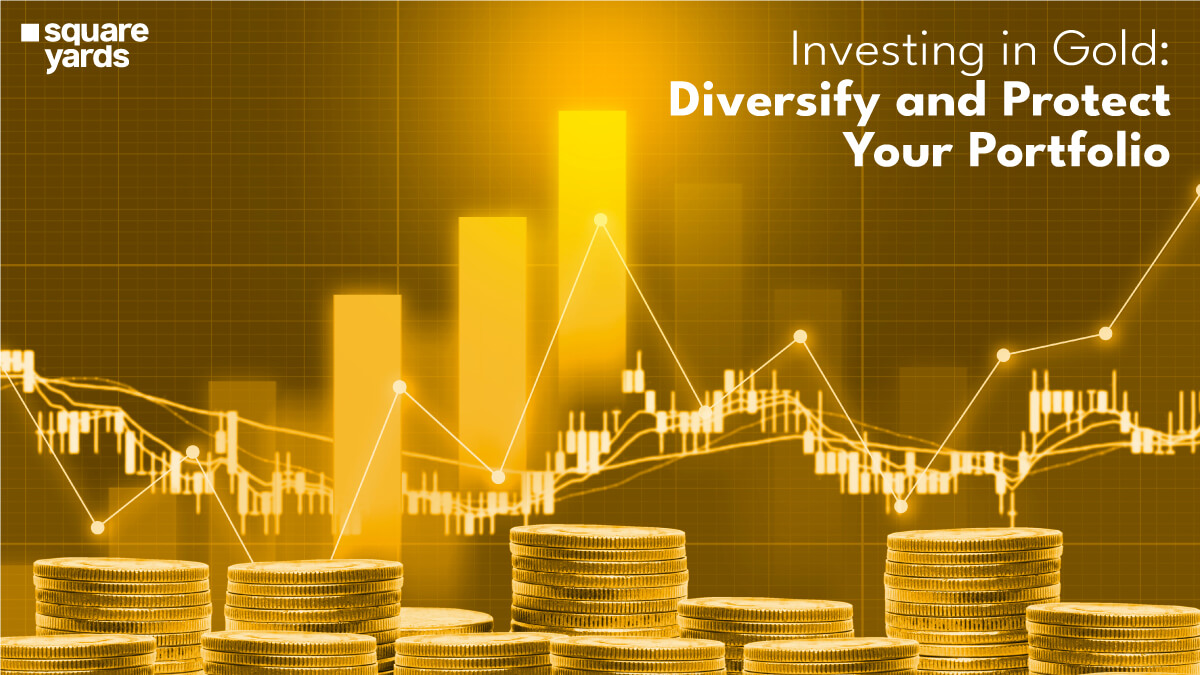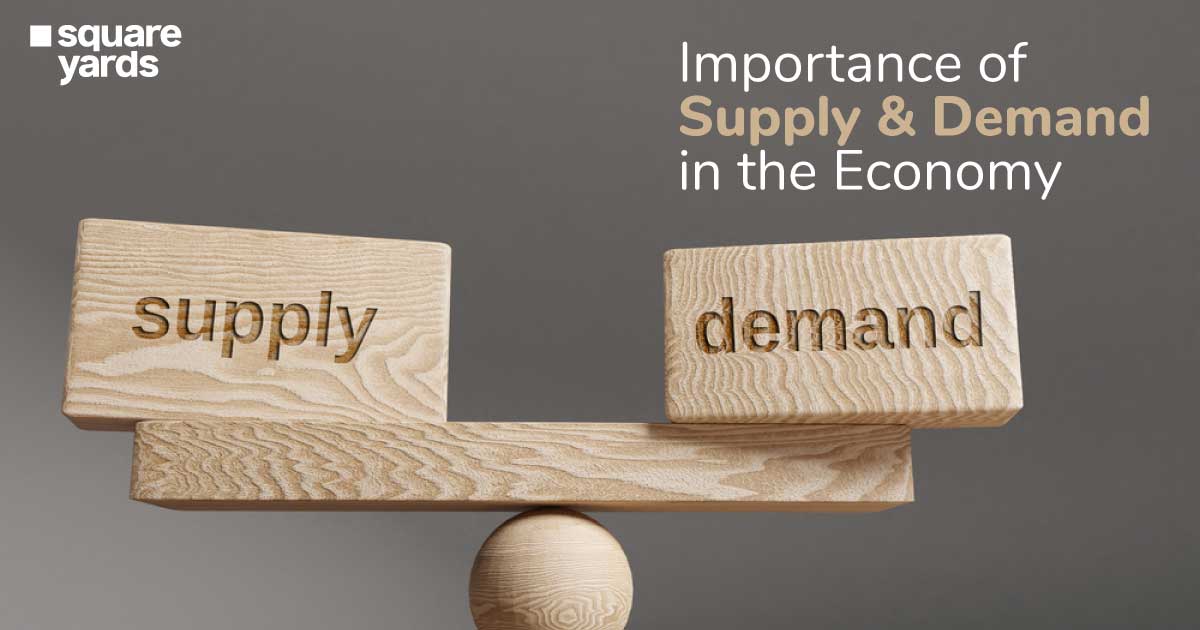Gold has been cherished for millennia, serving as a symbol of beauty in jewellery and a steadfast store of value. As 2025 begins, gold continues to shine as a cornerstone of stability and wealth preservation in an ever-evolving financial world. This updated guide delves into the intricacies of gold investment in Canada, offering insights and strategies crafted for seasoned investors and newcomers to this enduring asset. Whether your goal is to diversify your portfolio, protect against inflation, or explore the growth opportunities gold offers, this comprehensive guide will equip you with the knowledge and confidence needed to navigate the world of gold investments in 2025.
Why is it Desirable to Invest in Gold?

Although gold is regarded as a reliable investment, it is also a risky and highly volatile asset. Unlike property and equities, gold investments do not generate income. Instead of revenue or profit, price prediction determines the asset’s potential value. Despite speculation regarding inflation, gold is always regarded as a secure investment and serves as an additional safety net in turbulent markets.
Investing in gold in 2025 offers a compelling mix of stability and growth potential in an ever-evolving market landscape. The value of gold continues to be influenced by market sentiment and price fluctuations, often making it a speculative asset. However, its importance as a “safe haven” becomes undeniable during periods of economic uncertainty, inflation, or geopolitical turmoil—trends that persisted through 2024 and are expected to shape 2025. With gold demonstrating resilience amid market volatility and serving as a hedge against risk, it remains an attractive option for diversifying portfolios and safeguarding wealth in uncertain times.
Best Ways to Invest in Gold in Canada
For Canadians interested in adding a golden glow to their investment portfolios, several avenues are available, each with its own advantages and considerations. Whether you’re drawn to the tangible allure of physical gold or the convenience of financial instruments that track gold prices, understanding the diverse options can help you tailor your gold investment strategy to meet your financial goals and risk tolerance. From purchasing gold bullion and coins to exploring gold ETFs, mining stocks, and digital gold platforms, you can acquire actual gold in many ways.
Here are some highly effective ways to invest in gold in Canada.
Spend Wisely on Buying Gold Stocks
In 2025, it is no surprise that gold mining companies continue to play a significant role in the Canadian stock market, given the country’s rich mineral resources. These companies are closely tied to fluctuations in gold prices, with their stock values often mirroring the movement of gold in the market. Many mining firms also attract investors by offering regular dividends, making them a popular choice for those looking for growth and income. Leading names in this sector include Newmont Corporation, Barrick Gold Corporation, and Franco-Nevada Corporation, which remain at the forefront of Canada’s mining industry.
Buy Gold Exchange Traded Funds ETFs with Minimum Risks
An effective way to obtain wide access to Canada’s gold investment market without taking on the risk of investing in particular businesses is through gold ETFs. Many gold ETFs monitor gold futures, some monitor actual gold housed in vaults, and some investors put money straight into the firms that produce the valuable metal. A group of ETFs benefit from the increase in the price of gold while making investments in businesses that may also earn a profit and distribute dividends.
Purchase Gold Bullions
Newcomer investors may not be aware that one approach to gold investment is still to purchase genuine gold bullion. One of the purest forms of gold to invest in includes actual bars of metal. You can purchase gold in a variety of formats, such as gold coins, medallions, or gold bars, which are typically available in 100-gram bars. You can buy actual gold straight from a significant financial institution that has a section for valuable metals.
Opt for Direct Buying of Gold Coins
In 2025, purchasing gold coins remains a popular and tangible way to invest in gold, offering investors the advantage of holding physical wealth. However, it’s essential to understand that dealers typically add a markup to the spot price—the current market value—to cover their costs and ensure a profit. For example, if the spot price of gold is $2,000 per ounce, a 1-ounce gold coin might cost you $2,100 or more. The premium varies depending on the type of gold being purchased, with gold coins often commanding a higher markup than gold bars due to their design and collectability. Investors should also consider storage implications. Keeping gold at home introduces risks such as theft or accidental loss, and obtaining adequate insurance can incur additional costs. For those looking for secure alternatives, renting a safety deposit box or utilising professional vault services can offer peace of mind, albeit at an extra expense.
Purchase Physical Gold
One of the easiest ways to invest in gold is to buy bullion, which can be conventional bars or coins. Gold bars are available in a range of quantities and dimensions, from one gram to 400 ounces. Investors in Canada can purchase gold bars online through CIBC Precious Metals or in person at CIBC stores.
Procedure for Buying Physical Gold in Canada
In Canada, investing in physical gold involves acquiring and storing tangible assets like gold bars or coins. This offers a secure but less liquid option compared to “paper gold” investments such as mining stocks and ETFs. While physical gold provides a reliable safety net against economic fluctuations, its liquidity can be challenging, requiring time to find a buyer when selling.
On the flip side, although potentially volatile, paper gold investments like mining stocks can offer significant long-term returns as their value is linked to gold prices. ETFs offer liquidity and ease of trade on the stock market but lack the tangible security of physical gold. For those leaning towards physical gold, purchasing through a precious metal dealer is straightforward, though costs may include markups and insurance for home storage. Alternatively, investing in gold through an RRSP or TFSA in Canada presents a tax-advantaged way to include physical gold in your retirement or savings plans, providing a blend of stability and tax efficiency.
Procedure for Buying Gold Stocks and Gold ETFs in Canada
You may easily purchase gold ETFs using the same trading account to buy other investments on a stock market, such as the Toronto Stock Exchange (TSX). It is as easy as looking up the ETF’s stock index code and placing an order. Just create a brokerage account with your bank or another financial institution of your choice if you still need to set one up. You will be able to independently make investments in gold stocks, funds, or ETFs.
An Overview of Gold Prices History
Canada holds a significant place in the global gold market, being the fifth-largest producer with a production value surpassing $12 billion in 2020, predominantly from Ontario and Quebec. The role of gold in Canada has seen a pivotal shift over the years. Traditionally cherished for jewellery, the tide has turned, making gold investment the primary driver of demand. By 2020, nearly 47% of gold’s use was for investment purposes, a figure that edged closer to half of all demand by mid-2022.
The pricing history of gold traces back to the 1970s, a transformative era when the gold standard was abandoned, allowing market forces to dictate its value. This led to a dramatic surge in gold prices, peaking at over $850 per ounce in 1980. After a period of decline during which prices seldom crossed the $400 mark, a resurgence began in 2005, culminating in a record high of $1,889.70 per ounce in 2011. In the context of the financial markets, while the S&P 500 saw a gain of 16.26% in 2020, gold outshone with a 23.61% increase, underscoring its appeal as a resilient investment asset amidst market fluctuations.
Advisable Time to Make Gold Investment in Canada
As of 2025, investors who view gold as a valuable asset for diversifying their portfolios and as a hedge against inflation and currency devaluation should consider allocating a portion of their investments to it. Incorporating gold during market volatility can provide stability and protection for a well-rounded portfolio. The lingering possibility of a global recession continues to weigh on major equity indices. In such a scenario, reduced pricing pressures and slowed interest rate hikes are expected to support an upward trajectory for gold prices in 2025, reinforcing its role as a reliable store of value during uncertain economic times.
Are Gold Investments Worth the Effort?
Central banks worldwide have printed unprecedented amounts of currency, causing volatility in established markets. As investors begin to explore other options, gold is regarded as a secure asset independent of all economies. Investors are searching for assets that are less susceptible to cybercrime and hacking because of novel approaches to keeping and transmitting value. Gold has been used as currency for many years because it is a tangible asset that cannot be violated. Hence, investing in gold involves less risk and better safeguards one’s wealth.
Benefits and Drawbacks of Investing in Gold
Gold is a tangible material with intrinsic worth that provides long-term security in times of inflation. However, gold investment involves its own set of pros and cons.
Following are a few advantages and disadvantages of gold investment in Canada.
Advantages of Gold Investment in Canada
-
- Provides Long-Term Security: It is a long-term investment that you can keep onto rather than a quick one. For those seeking assurance and security in their financial future, this makes it a suitable choice.
- Provides Stability on a Global Level: In contrast to several other forms of investment, Gold is independent of any one nation or economy. It is regarded as a global currency and is exchanged everywhere. As a result, investors from various regions can access it more easily and with fewer uncertainties.
- Reliable during Economic Collapse: Gold is tangible and still has value when the stock market crashes during unforeseen situations.
Disadvantages of Gold Investment in Canada
-
- It Does Not Provide Income: Stocks, as well as bonds, are examples of assets that produce interest or dividend payouts that can be reinvested, unlike gold.
- It is Difficult to Trade: It may take time and effort to find buyers in the case of physical gold bullion trading.
- No Short-Term Gains: If you are looking for quick gains, a gold investment may not be for you as it requires time.
Summing Up
The global demand for gold continues to rise in 2025, with institutional buyers, such as central banks, playing a more prominent role than in previous years. Amid economic uncertainties, an increasing number of Canadians are turning to gold and other precious metals to diversify and protect their financial portfolios. However, before diving into gold investments, it’s crucial to have a clear understanding of the gold market in Canada and the steps involved in making informed investment decisions.
You May Also Read :
| Guide To investing in Real Estate Canada | investing in Real Estate Canada |
| Buy Energy Efficient Homes | Energy Efficient Homes |
| Pros & Cons Real Estate Commercial | Real Estate Commercial |
| Explore Best Places To Invest in Canada | Best Places To Invest in Canada |
Frequently Asked Question (FAQs)
Is investing in gold good in Canada?
Yes, gold investment is a good idea in Canada to diversify your portfolio and save your finances in volatile situations of inflation.
What is the best way to invest in gold in Canada?
Some of the best ways to Canada gold investment are by buying gold stocks, gold ETFs, and physical gold.
Do you pay tax on gold in Canada?
Gold metal bullion in Canada is exempted from GST or HST.
Is gold a good 10-year investment?
Yes, whenever the purchasing power of the U.S. dollar falls due to price inflation and 10-year Treasury real yields fall, gold benefits. This makes it a lucrative investment.
How to invest in gold for beginners?
Exchange Trade Funds ETFs are a popular gold investment way for beginners.
How much gold should I invest in?
You can invest up to 5 to 10% of your portfolio in gold.
How much gold can you legally own in Canada?
In Canada, there is no restriction on the quantity of gold that an individual may own.











